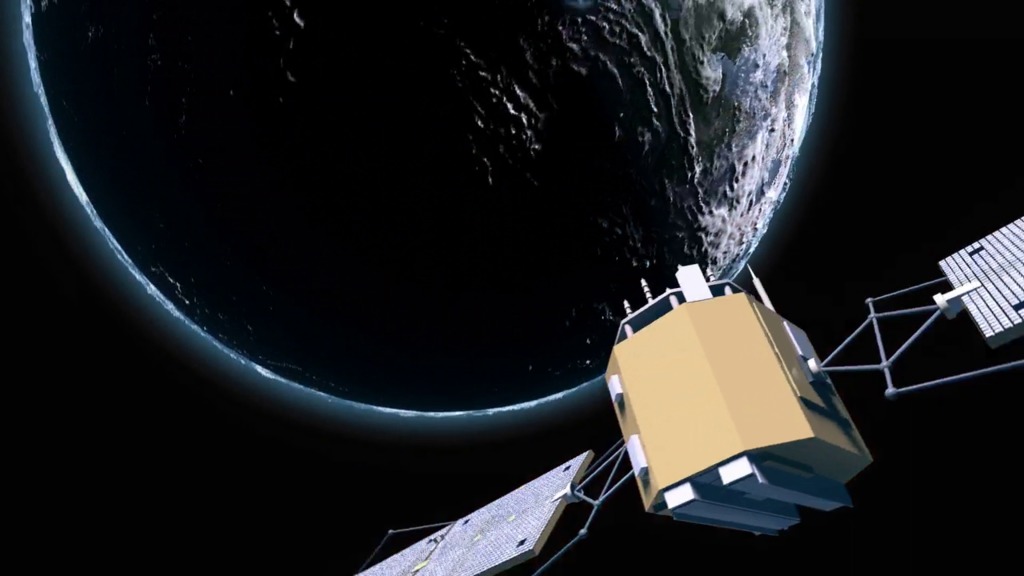NASA’s search and rescue technology, previously used to assist first responders in locating and rescuing individuals in distress, is now being implemented in astronaut missions. The agency’s technical expertise has contributed to the development of various emergency location beacons that explorers can utilize when in need.
In the event that an explorer becomes distressed or lost, they can activate a beacon that operates on the 406 MHz frequency. This distress signal is then transmitted to a GPS satellite in space, which relays the signal’s location to the Cospas-Sarsat network. With the precise position of the beacon, first responders from anywhere in the world can be alerted and initiate a rescue mission.
These beacons provide a sense of safety for explorers across land, air, and sea. There are three types of beacons available: personal locator beacons for hikers and land explorers, emergency position-indicating radio beacons for boaters and sailors, and emergency locator transmitters for aircraft pilots.
In 2023, the National Oceanic and Atmospheric Administration (NOAA) recorded 51 rescues for activated personal locator beacons, 255 for emergency position-indicating radio beacons, and 44 for emergency locator transmitters.
NASA’s Search and Rescue office, with its extensive experience in Earth-based beacon development, is now applying its expertise to support the agency’s Artemis campaign. For Artemis I, beacons placed on the Orion spacecraft successfully located the uncrewed capsule as it splashed down in the Pacific Ocean after its 1.4-million-mile journey around the Moon and back.
In preparation for Artemis II, NASA’s first crewed mission under Artemis, the agency is including second-generation beacons called ANGEL (Advanced Next-Generation Emergency Locators) on the astronauts’ life preservers. Additionally, another location beacon will be installed on the Orion spacecraft capsule. These measures will enable NASA to immediately locate astronauts, such as Reid Wiseman, Victor Glover, Christina Koch, and Jeremy Hansen of the Canadian Space Agency, in the event they need to exit from Orion without assistance.
To validate the ANGEL beacons and the newly developed SAINT (SAR Intelligent Terminal) application, which tracks beacon locations in real-time, search and rescue team members conducted at-sea recovery testing on the USS John P. Murtha in July 2023. The team is now preparing for the next at-sea test of Artemis recovery procedures in February.
The Search and Rescue office, a part of NASA’s SCaN (Space Communications and Navigation) program office, plays a vital role in the agency’s endeavors to explore the Moon and Mars. It possesses a unique portfolio that advances NASA’s exploration capabilities while also facilitating life-saving technology for Earth-based adventurers.
NOAA manages the U.S. network region for Cospas-Sarsat, relying on flight and ground technologies originally developed at NASA’s Goddard Space Flight Center in Greenbelt, Maryland.
The SCaN program at NASA Headquarters in Washington provides strategic oversight to the Search and Rescue office, while the U.S. Coast Guard, U.S. Air Force, and other local rescue authorities lead rescue efforts in the U.S. region.Data Protection
*Note:
1. Source: Coherent Market Insights, Public sources, Desk research
2. We have leveraged AI tools to mine information and compile it




